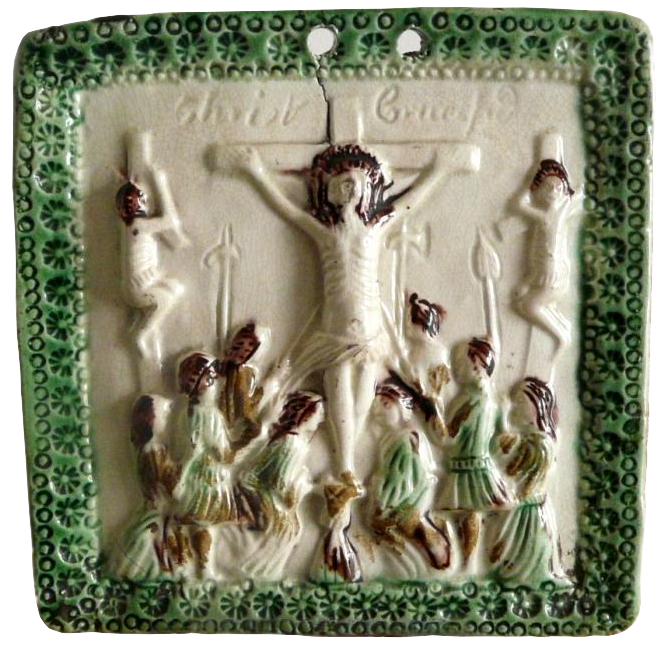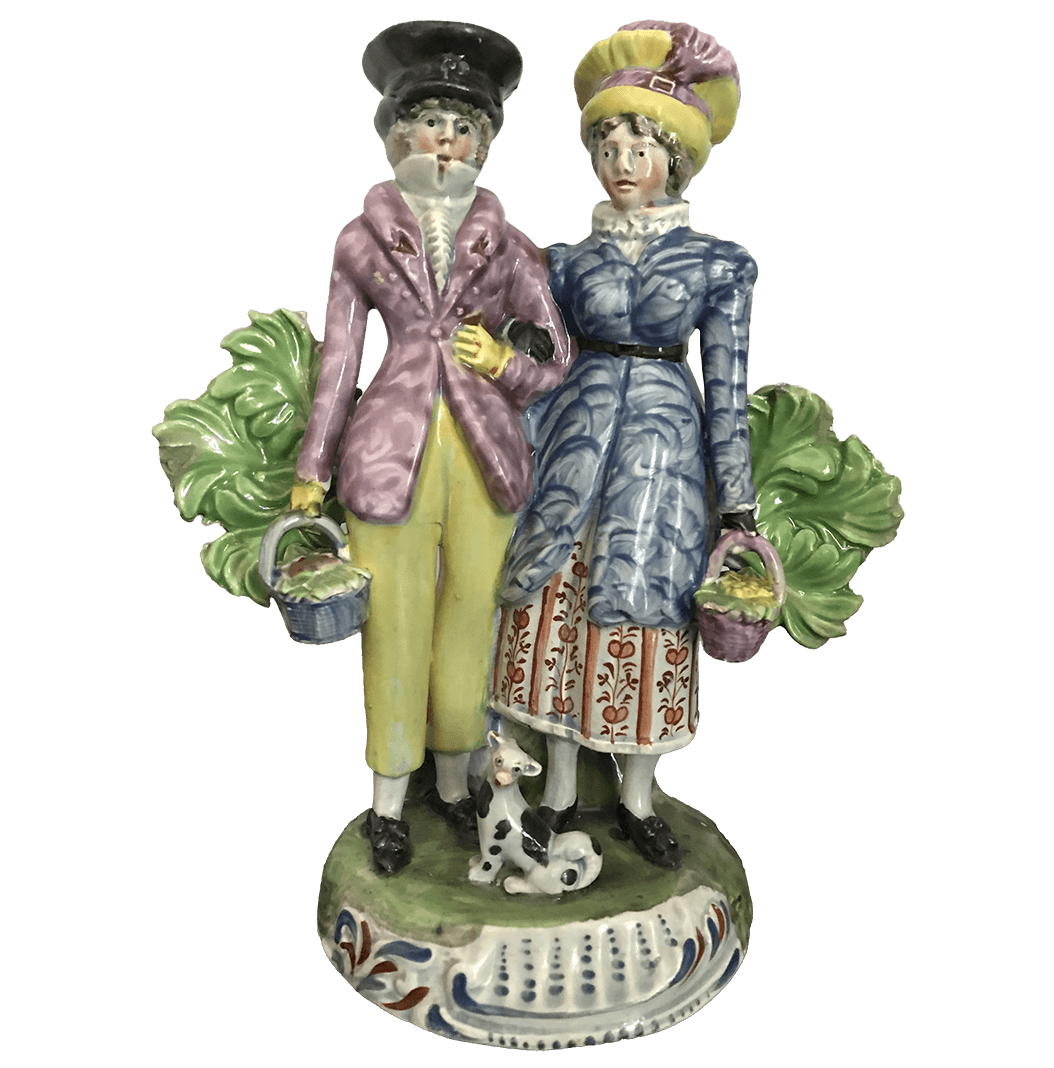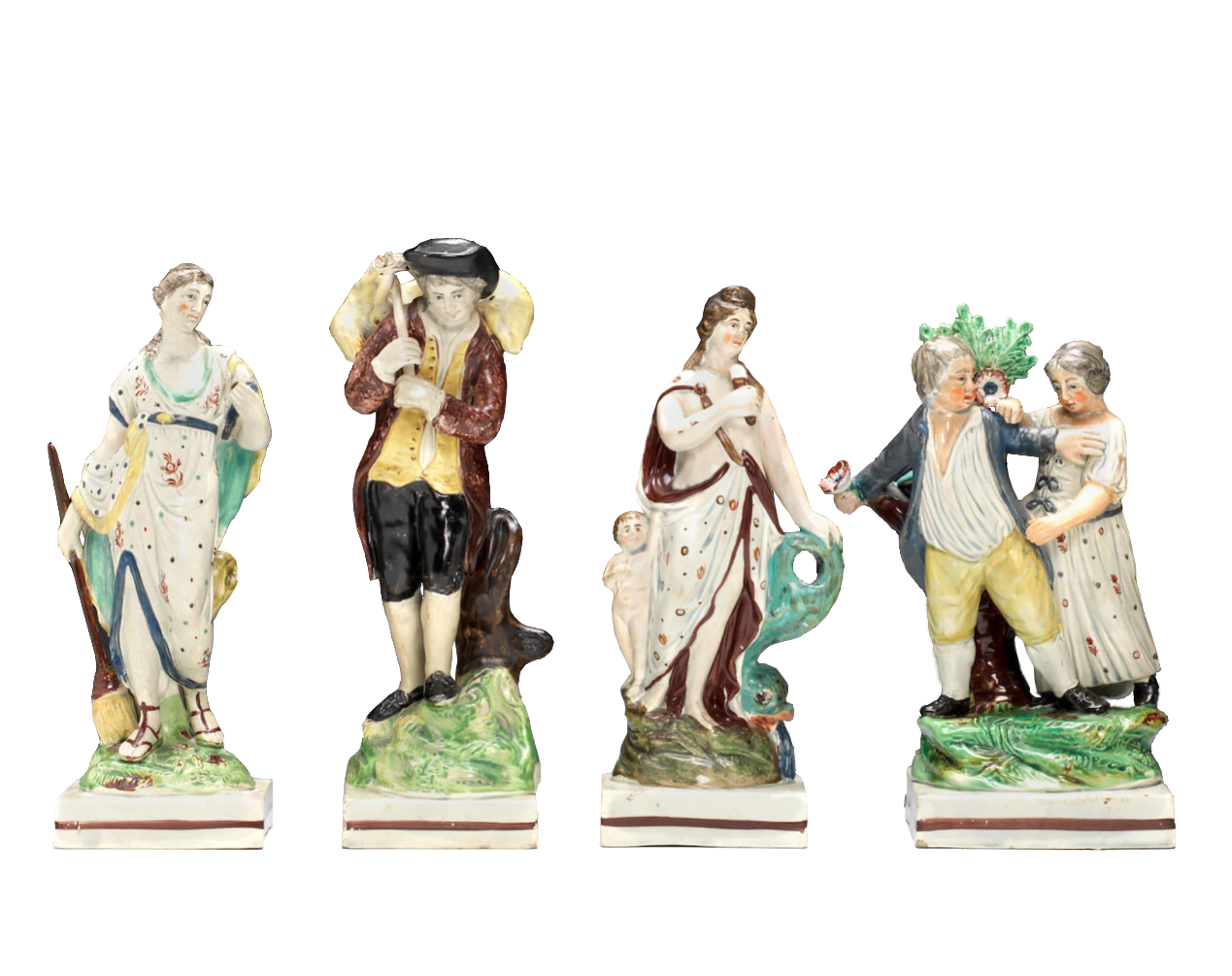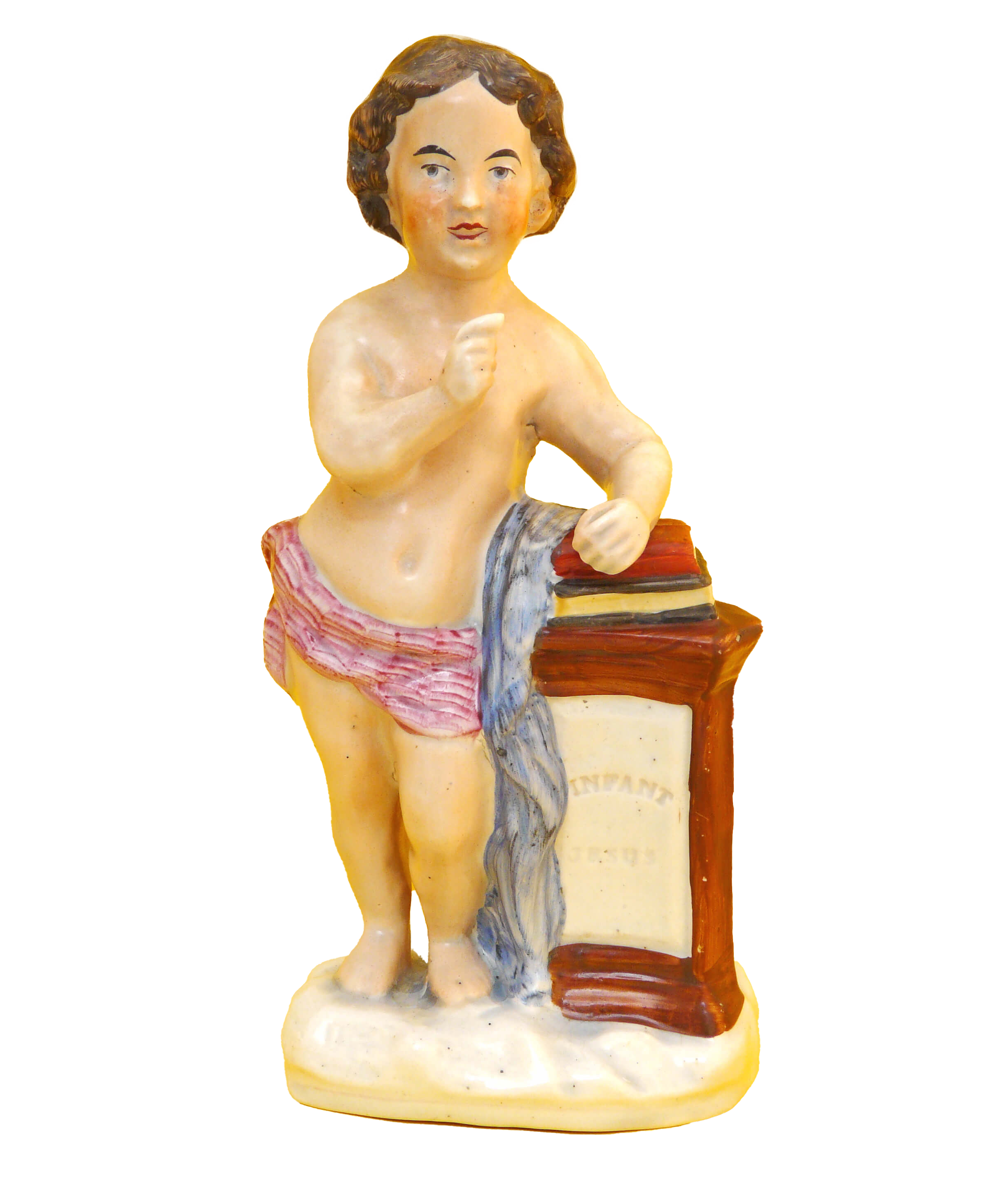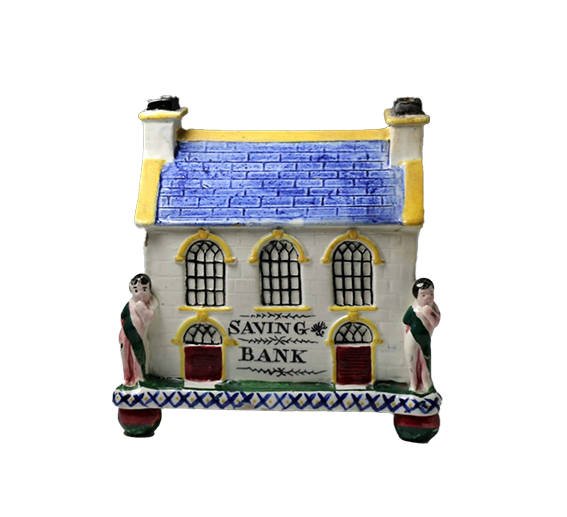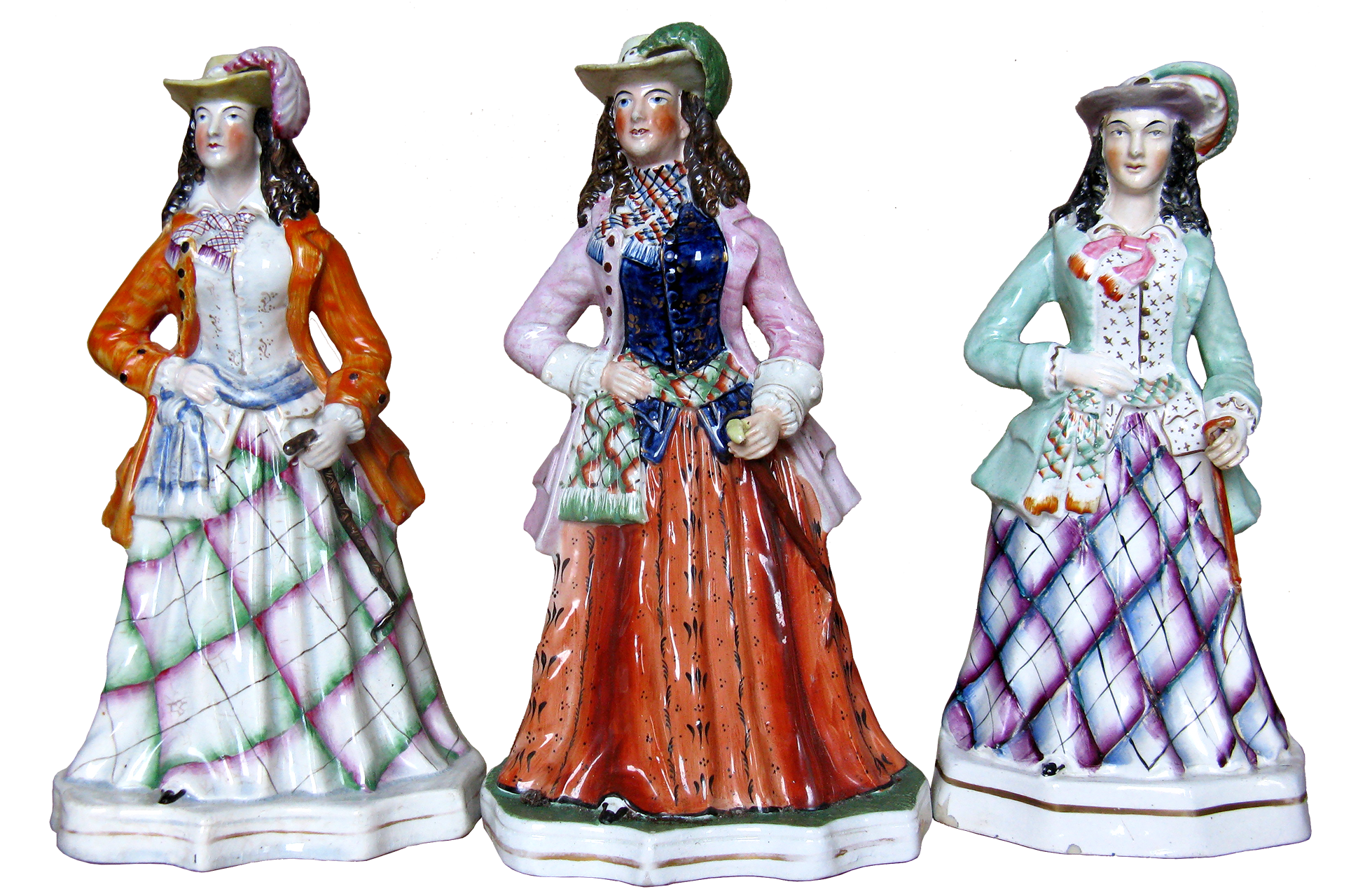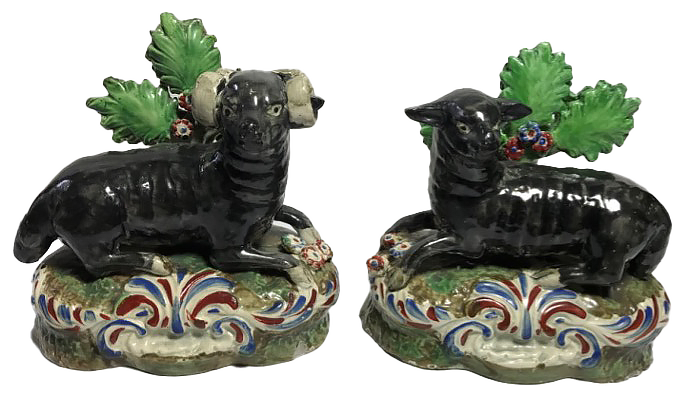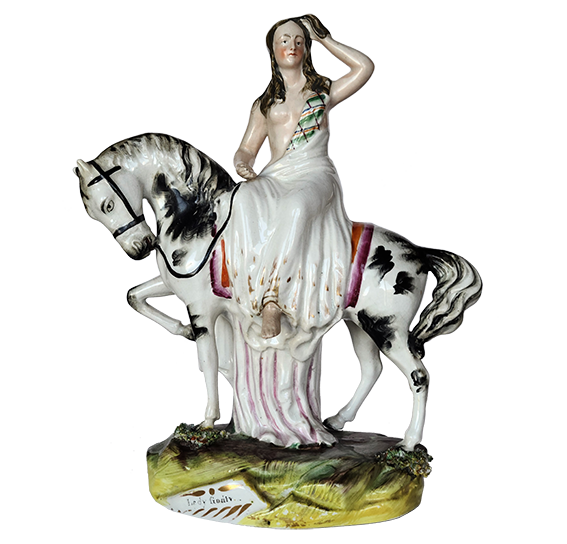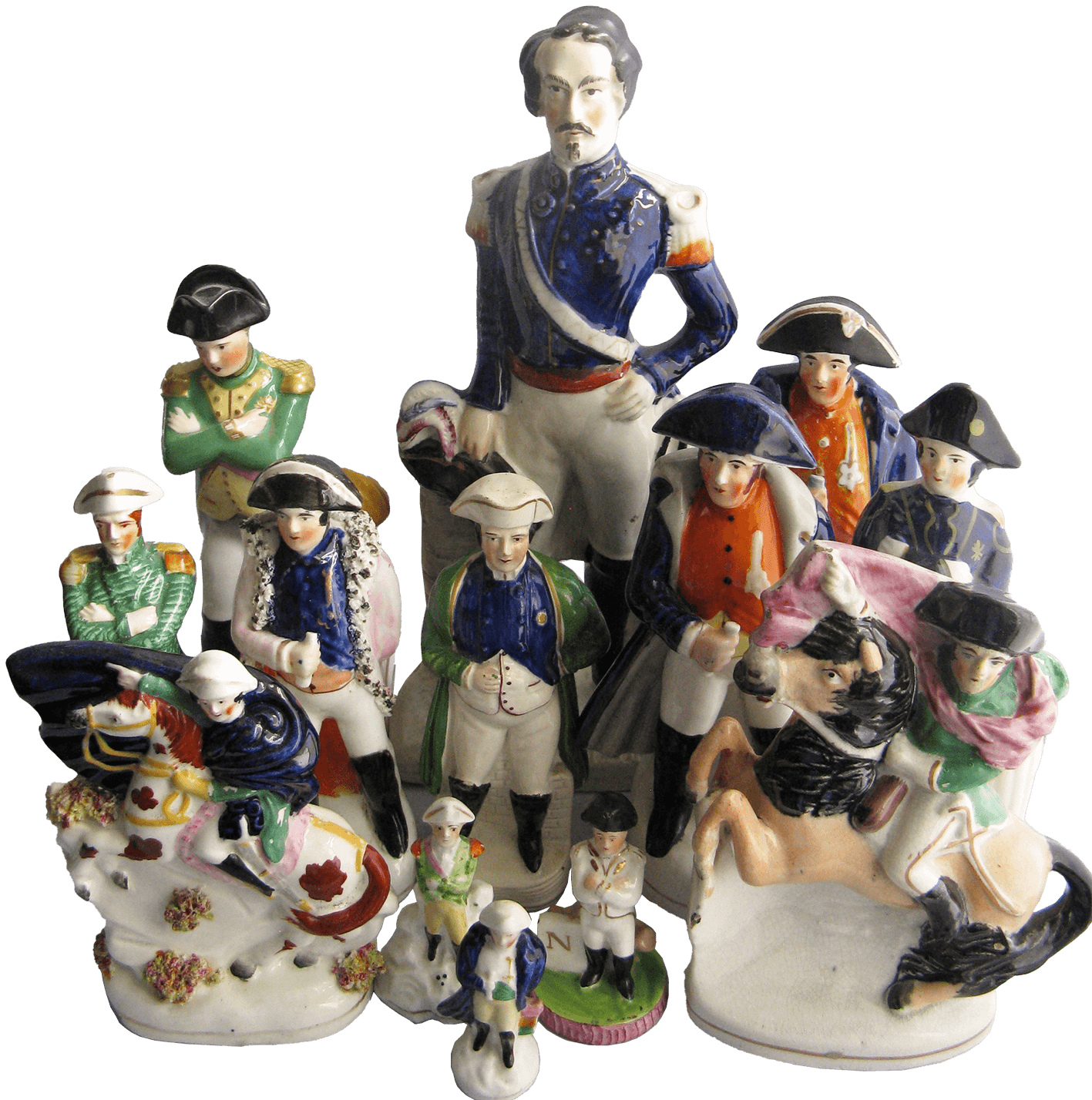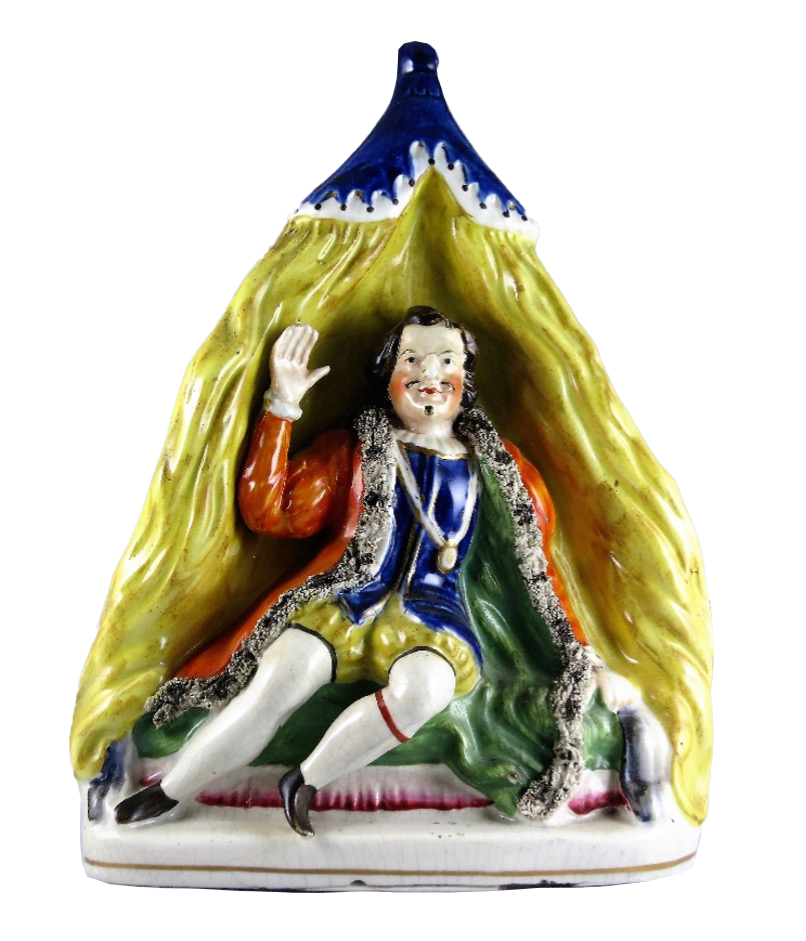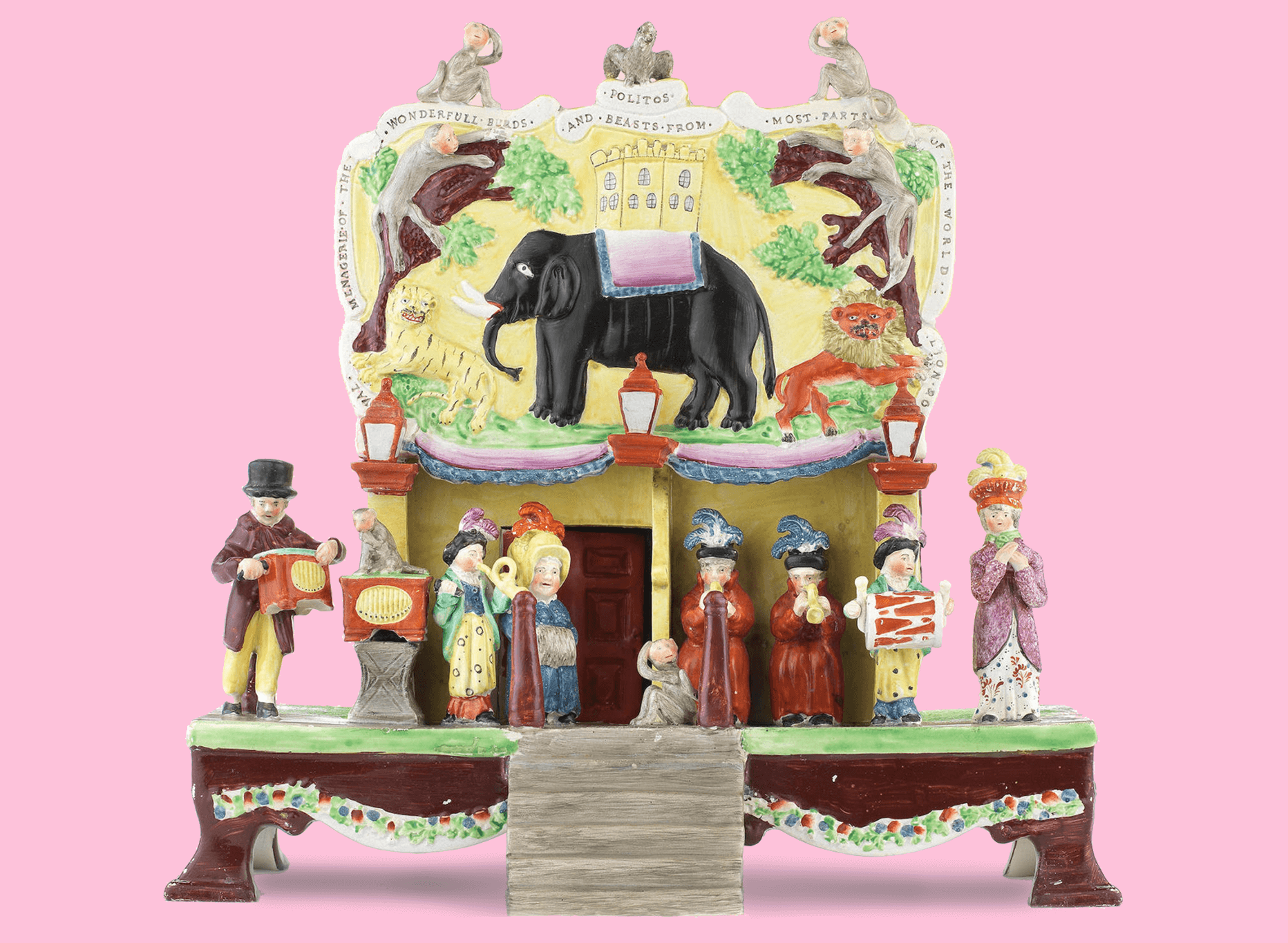Who is Pugh?
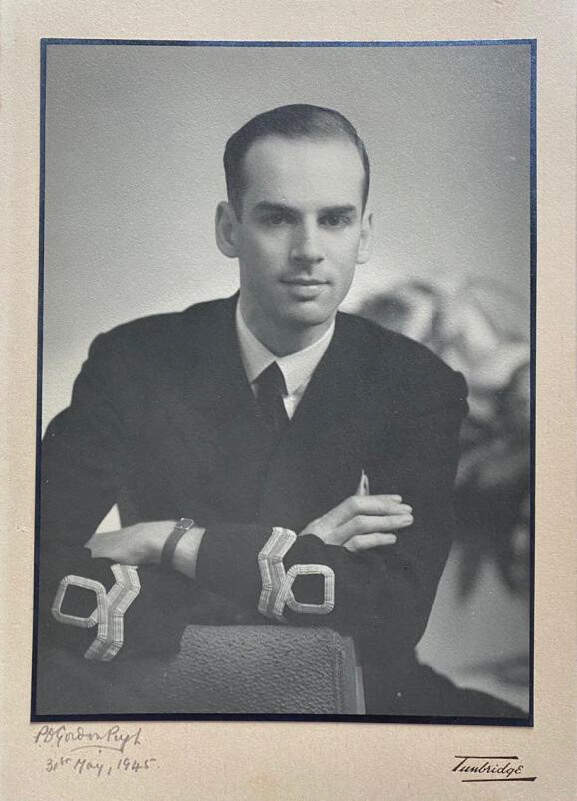

Gordon Pugh is the man who everyone turns to first when investigating the provenance of a Staffordshire portrait figure. “Is it in Pugh?” tends to be the first question. If the answer is ‘Yes, Pugh has it’ the inquisitor breathes a sigh of relief. ‘No’ means there’s doubt and disappointment.
So who is this Pugh person who dominates collectors’ lives? Alan Jamieson bravely steps into the role of investigator to find out.


